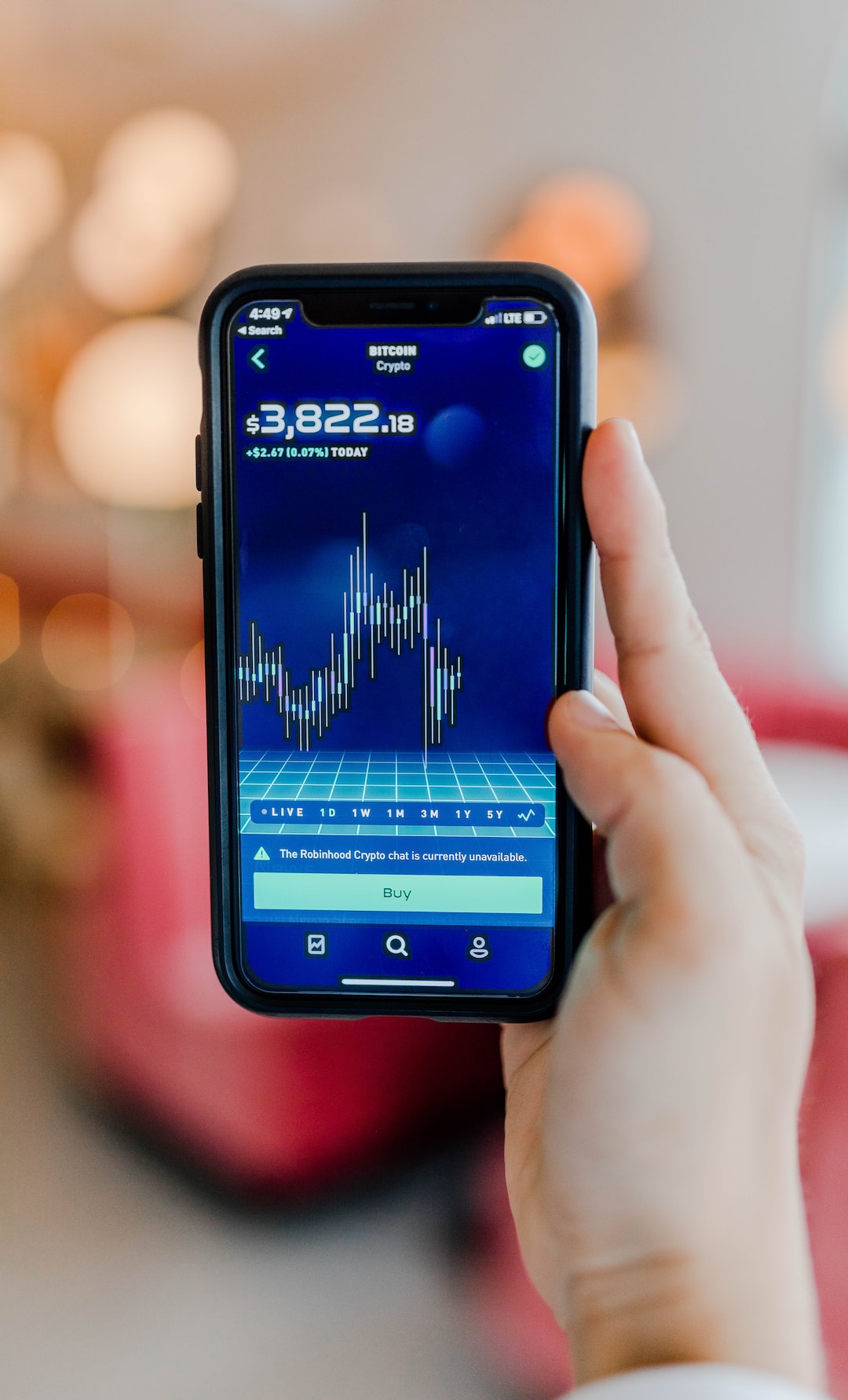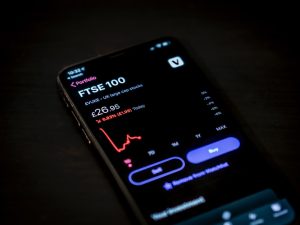Forex Trading How To: Developing a Winning Trading Strategy
Forex trading can be a highly profitable venture, but without a well-developed trading strategy, it can also be a risky and daunting endeavor. Developing a winning trading strategy is crucial for consistent success in the forex market. In this article, we will explore the key steps to creating a robust trading strategy that can help traders navigate the complexities of the forex market.
1. Understand the Forex Market:
Before developing a trading strategy, it is essential to have a solid understanding of the forex market. This includes knowledge of the major currency pairs, market participants, economic indicators, and the impact of geopolitical events. Familiarize yourself with different trading styles, such as scalping, day trading, swing trading, and long-term investing. Understanding the market’s dynamics will help you identify opportunities and make informed decisions.
2. Define Your Goals and Risk Tolerance:
Every trader has different financial goals and risk tolerance levels. It is crucial to define your objectives and understand how much risk you are willing to take. Are you looking for short-term gains or long-term investments? How much capital are you willing to risk on each trade? Setting clear goals and determining your risk tolerance will guide your trading strategy and help you make appropriate decisions.
3. Choose the Right Trading Style:
There are various trading styles in the forex market, and selecting the one that suits your personality and goals is vital. Scalping, for instance, involves making multiple trades within a short time frame, aiming to profit from small price movements. Swing trading, on the other hand, focuses on capturing larger price movements over a few days or weeks. Choose a trading style that aligns with your time commitment and risk tolerance.
4. Technical Analysis:
Technical analysis is a crucial component of any successful trading strategy. It involves analyzing historical price data to identify patterns, trends, and potential entry and exit points. Popular technical analysis tools include moving averages, support and resistance levels, Fibonacci retracements, and candlestick patterns. Incorporate these tools into your strategy to make more informed trading decisions.
5. Fundamental Analysis:
While technical analysis focuses on price data, fundamental analysis examines the underlying economic factors that can influence currency values. Keep track of economic indicators, such as GDP, interest rates, inflation, and employment data, as they can impact currency movements. Stay informed about global events and news that may affect the forex market. Combining fundamental analysis with technical analysis can provide a holistic view of the market.
6. Risk Management:
Implementing effective risk management techniques is vital to preserve capital and minimize losses. One popular risk management tool is setting stop-loss and take-profit levels for each trade. A stop-loss order automatically closes a trade if the market moves against you beyond a predetermined level, limiting potential losses. Take-profit orders, on the other hand, allow you to lock in profits when the market reaches a desired level. Additionally, never risk more than a certain percentage of your trading capital on a single trade. This helps protect you from significant losses.
7. Backtesting and Demo Trading:
Before implementing your trading strategy in real-time, it is crucial to backtest it using historical data. Backtesting involves applying your strategy to past market conditions to evaluate its performance. This allows you to identify potential flaws and make necessary adjustments. Once you are satisfied with the results, demo trade your strategy in real-time market conditions without risking real money. This will help you gain confidence in your strategy and make any necessary refinements.
8. Continuous Learning and Adaptation:
The forex market is constantly evolving, so it is essential to continually learn and adapt your trading strategy. Stay updated with market news, economic indicators, and new trading techniques. Monitor the performance of your strategy and make necessary adjustments based on changing market conditions. Successful traders are those who are willing to adapt and evolve with the market.
In conclusion, developing a winning trading strategy requires a deep understanding of the forex market, clearly defined goals, and a robust risk management plan. By combining technical and fundamental analysis, backtesting, and continuous learning, traders can increase their chances of success in the forex market. Remember that consistency and discipline are key, and always be prepared to adapt your strategy when necessary.






